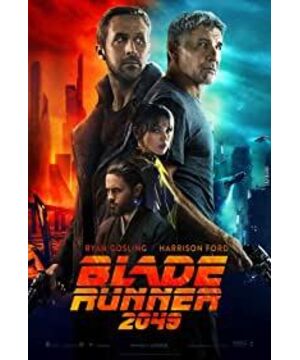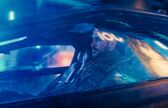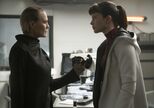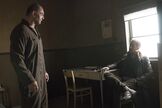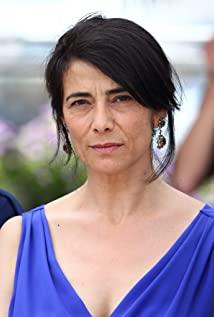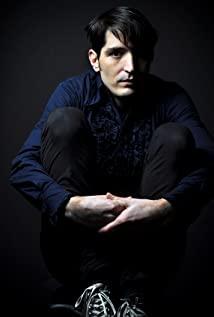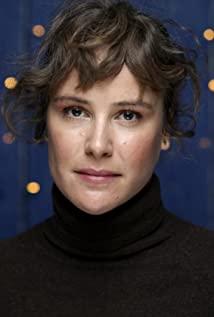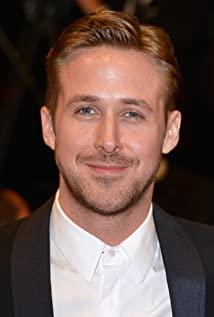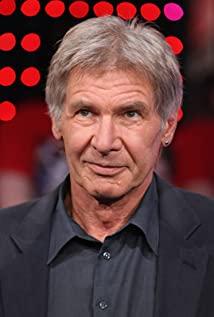This is the director Dennis Villeneuve's another big sci-fi work after last year's "Arrival". The reason for using "big battle" to describe this film is not because of the series of special effects of big battle scenes, nor does it mean to apply the allegation to the ups and downs of the drama. On the contrary, "Blade Runner 2049" is more than 160 minutes long, but it does not have a substantive drama climax. The main focus of the whole film is the remains of the previous generation clone that the protagonist K accidentally discovered, and the resulting concern for himself The pursuit and demystification of identity. This process is very long handled by the director, at least in the sense of the psychological time of watching the movie. Taking the opening of the film as an example, the process of handling the "recycling" of the previous generation of clones is simple and clear. In this scene, the clone "senior" who is a farmer with the human body identity is going to tell K this "junior" about The question of "miracle" speculation. The suspense of this "miracle" runs through the beginning and the end of the film, becoming K's attempt to hold the key to his own destiny and to end his fate. The other parts of the film also lack a clear visual spectacle that makes the audience’s adrenaline explode, but this does not mean that the film has no visual spectacle. On the contrary, the various scene constructions of the future world in 2049 in the film all reflect the director’s view of what has been praised. It is the intent to fully inherit the overall style of the classic Ridley Scott version of "Blade Runner".
The urban landscape of the earth’s ecological collapse that seems to be in the same line as the old science fiction works 35 years ago, the extremely expressionistic light and dark design rooms in the various rooms of the Wallace Company, the decadent appearance of the garbage dump in the wilderness, and the appearance in the film. The mixed and decorative use of words from all over the world, everything that appears in "2049" fully fits the time positioning of the film "After the Blackout", this background is later than the time set by "Blade Runner" For more than two decades, the earth's landscape has completely changed from a city that never sleeps in the dark to a sad, dilapidated and dusty home. The extended content described in the film has basically broken away from the basis of the adaptation of the original "Blade Runner"-Philip K. Dick's novel "Will a Bionic Man Dream of an Electronic Sheep?" "What the protagonist K wants to pursue is not only the question of his identity as a tool with the positioning of a "submissive replicator", but also the protagonist of the upper work-Detective Dyke played by Harrison Ford, in In the last film, Dyke successfully completed the "recovery" of the "rebellious" clone group, with his beloved cloner Rachel Destiny. The old version of the movie gave the audience the ultimate suspense at the time, which was Dyke himself. Also a copy person. In "2049", Dyke, who has become an old man, appears. Harrison Ford, who plays Dyke, has also turned from a young and middle-aged 35 years ago to an old man. The roles in and out of the play correspond. Give highly fanatical fans a kind of compensatory excitement.
The entangled "father like son" relationship between Dyke and K also constitutes an important link between the origin of self-identity and the pursuit of future philosophical propositions in "2049". Classic symbols are implanted into larger narrative propositions, and at the same time they are cooked slowly with an extremely repressive and restrained narrative rhythm. The relationship between the characters entangled with K does not stop there. The intangible relationship between him and the virtual person Joey from the soul to the flesh is nothing more than a copy of the relationship between Dyke and Rachel in the previous era, but it is obviously for K. It is too complicated to deal with such a relationship between two people that has fallen into a paradox at least in the superficial sense. Joey’s Nabokov’s “Dark Fire” clearly pointed out the dilemma of the understanding of “meaning”, which is also a reflection of K and Joey’s own identity (not yet at the “identity” level) In "2049", this kind of mirror-like objects and scenes are common. The wooden horse in the orphanage of K's childhood is also a reproduction of the metaphorical function of the origami unicorn in the previous movie.
In fact, "2049" led by Villeneuve, at the "hardware level" of sci-fi production, is of course full of "reproduction" intentions, but in the nature of this series of "soft science fiction", it has greater Ambition. When Ridley Scott launched "Blade Runner" in 1982, which was slow-paced and opposed to science fiction production, and turned to the issue of the existence of the character itself, he could not reap the favor of mainstream audiences at the time, and "2049" also Unlike the sequels of many series of movies, they turned to purely commercial blockbusters. In K’s long journey of finding himself, the various people who acted as the driving force of narration together determined his final destiny. These roles even included The real existence of the "self" he was looking for. This arrangement itself is the biggest destiny of the character. If Dyke in the previous episode was to clear away the fog and accomplish his mission in a world of ignorance, fearlessness and impermanence, then in this episode, the creators clearly used a darker pessimism to support the recurring questions from 2049. . K has found himself and lost himself again. In the future world with sharp contradictions, the resistance is as always, and the war is on the verge of breaking out, but all the dark tides are surging, and they are submerged in K's rushing and finally enlightened compassion.
There is almost no daylight in "Blade Runner", and daylight appears in "2049", but the same cloud obscures the fog barrier, which is the externalization of K's invisible self. At the same time, if the audience has some understanding of Villeneuve’s past works, it is not difficult to understand that the ambiguous and distressed external environment has always been his favorite way of scene structure, which is the same as the open endings of his previous works. K is facing a destiny that can be followed, and it is an uncontrollable road to survival.
"Reference News Network"
View more about Blade Runner 2049 reviews


